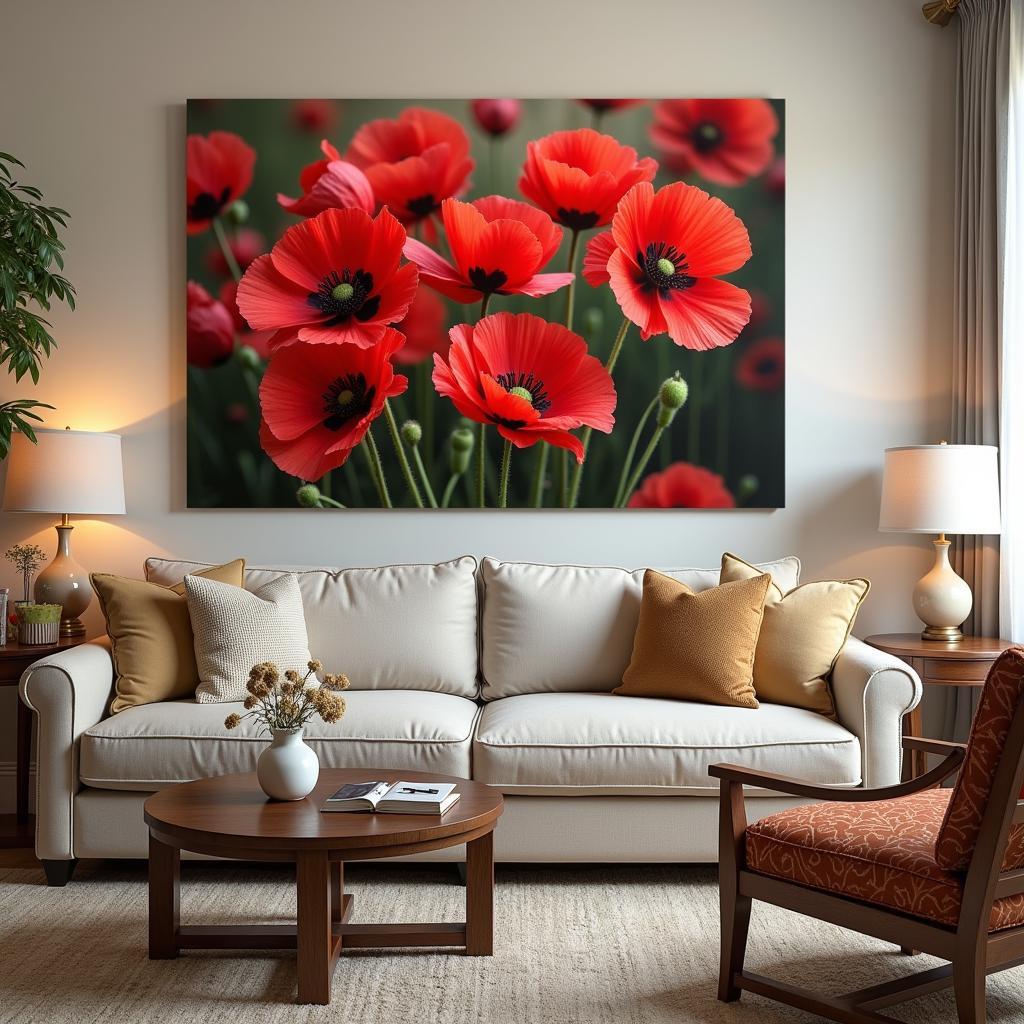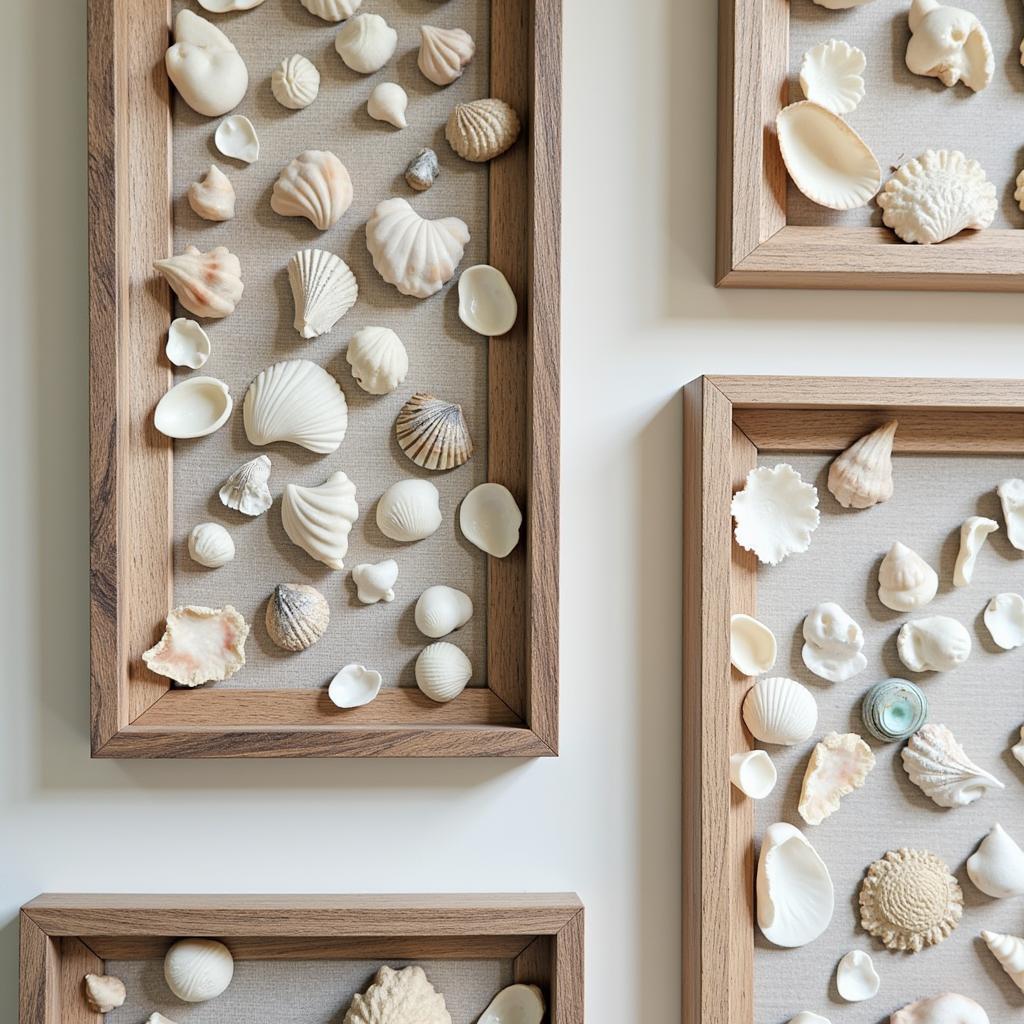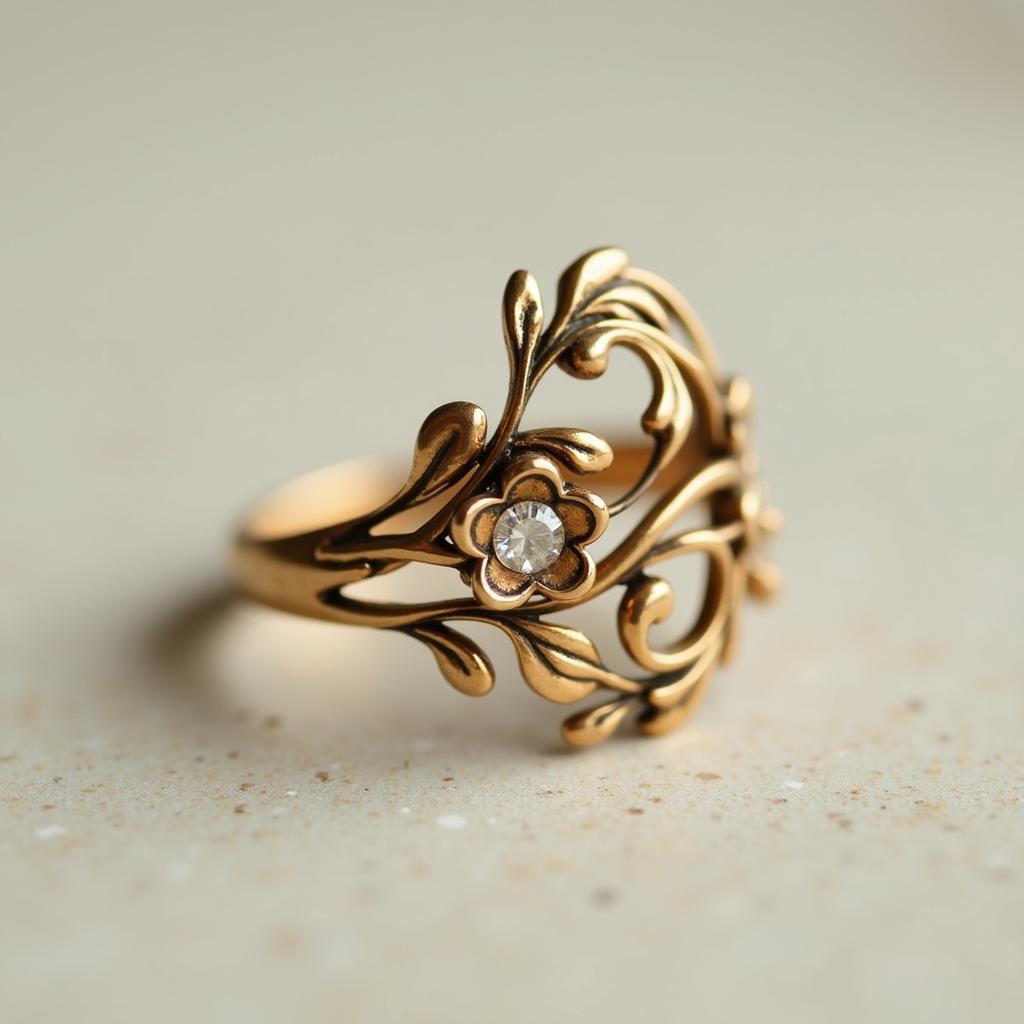Metaphor and Art: A Powerful Symbiosis
The intricate dance between Metaphor And Art has captivated audiences for centuries. Both rely on the power of suggestion, symbolism, and imagery to convey complex emotions, ideas, and experiences that transcend literal interpretations. This interplay between the figurative and the visual creates a rich tapestry of meaning, inviting viewers to engage with art on a deeper, more personal level.
Unveiling Hidden Meanings: How Metaphor Enriches Art
Metaphor, at its core, is a form of symbolic language that draws comparisons between seemingly disparate elements. In art, metaphors manifest in myriad ways, from subtle visual cues to grand allegorical narratives. Artists harness the power of metaphor to:
- Evoke Emotions: A wilting flower, for instance, can be a poignant metaphor for loss, decay, or the ephemeral nature of beauty.
- Explore Abstract Concepts: Complex themes like time, freedom, or societal structures can be made tangible through metaphorical representations. Imagine a broken clock face symbolizing the breakdown of order or the feeling of being trapped.
- Add Layers of Interpretation: Metaphors introduce ambiguity and open-endedness, inviting viewers to decipher meaning based on their own experiences and perspectives. This active engagement transforms the act of viewing art into a dynamic dialogue.
Visual Metaphors: The Language of Artistic Expression
Visual metaphors, unlike their linguistic counterparts, operate through imagery, composition, and artistic techniques. Some common types of visual metaphors in art include:
- Symbolism: Artists often employ objects, colors, or figures imbued with cultural or historical significance to represent abstract ideas. For example, a ladder in art could symbolize ambition, spiritual ascension, or the pursuit of knowledge.
- Allegory: This extended metaphor utilizes characters, settings, and narratives to convey moral, political, or social messages. Think of George Orwell’s “Animal Farm,” where the animals represent different social classes in a satirical critique of totalitarian regimes.
- Analogy: Analogies in art draw parallels between two visually similar elements to highlight a shared characteristic or relationship. A common example is the comparison between a ripple effect in water and the far-reaching impact of individual actions.
Deciphering the Metaphorical: Tips for Art Appreciation
Understanding and appreciating metaphor in art is an enriching experience. Here are a few tips to enhance your interpretation:
- Consider the Context: Research the artist’s background, the historical period, and the cultural influences that may have shaped their work.
- Pay Attention to Details: Observe the objects, colors, composition, and brushstrokes. Every element can hold symbolic meaning.
- Embrace Open Interpretation: There’s no single “right” answer. Be open to multiple perspectives and personal interpretations.
- Engage in Dialogue: Discuss the artwork with others. Sharing different viewpoints can lead to new insights and understandings.
Conclusion
Metaphor, in its various forms, adds depth, complexity, and intellectual stimulation to the artistic experience. By deciphering the language of visual metaphors, we unlock hidden layers of meaning, connect with the artist’s vision, and embark on a journey of personal interpretation. So, the next time you engage with a piece of art, ask yourself: What metaphors are at play? What stories are being told beyond the literal?
FAQs
1. What is the difference between a metaphor and a simile in art?
Both are figurative language, but a simile uses “like” or “as” to make a comparison (e.g., “The painting is like a dream”), while a metaphor directly equates the two (e.g., “The painting is a dream.”).
2. How can I tell if an artwork is meant to be interpreted metaphorically?
Look for symbolism, allegory, or visual elements that don’t seem to fit a literal interpretation. Consider the title, the artist’s statement, and the historical context.
3. Is all art metaphorical?
Not necessarily. Some art aims for realism or focuses on formal qualities like color and composition. However, even seemingly straightforward art can evoke metaphorical interpretations.
Need Help?
If you have any questions or need assistance with our art workshops, please contact us!
Phone: 02462573573
Email: danteum@gmail.com
Address: Savico Megamall, 7-9 Đ. Nguyễn Văn Linh, Gia Thụy, Long Biên, Hà Nội 10000, Việt Nam.
Our customer service team is available 24/7.


